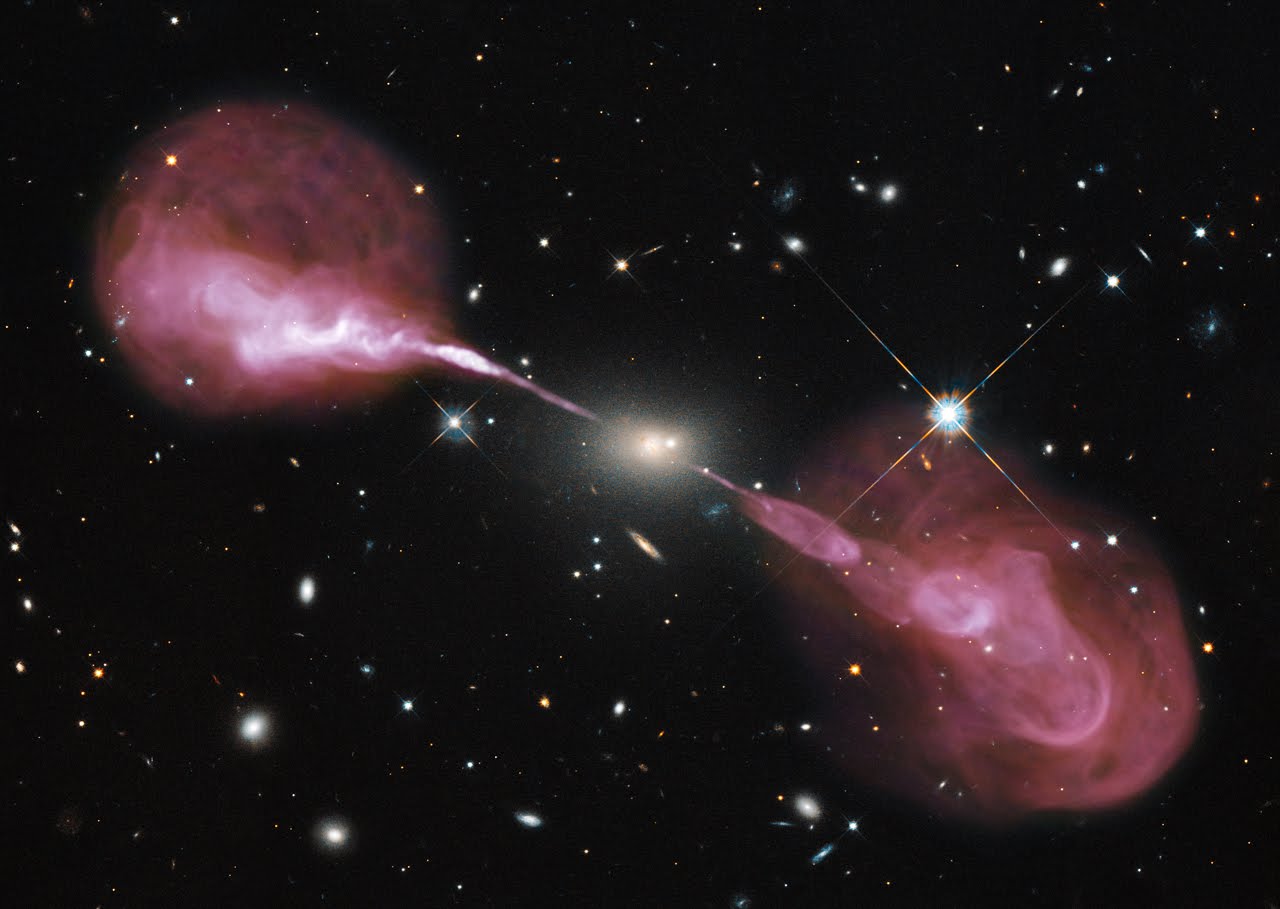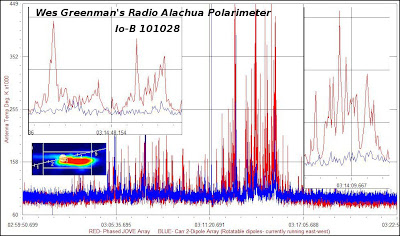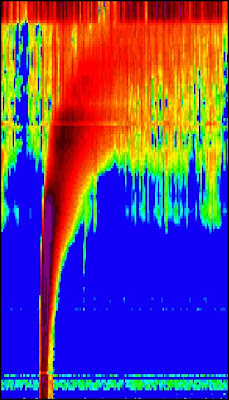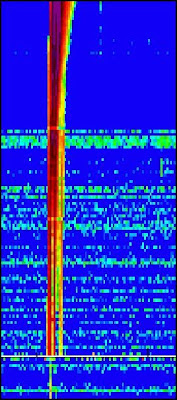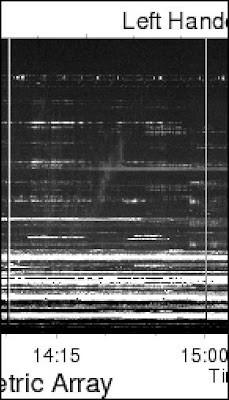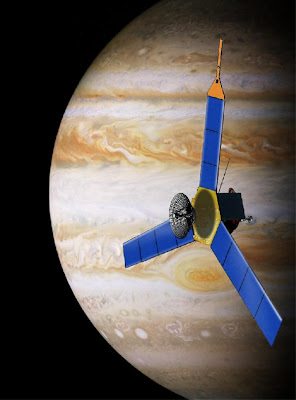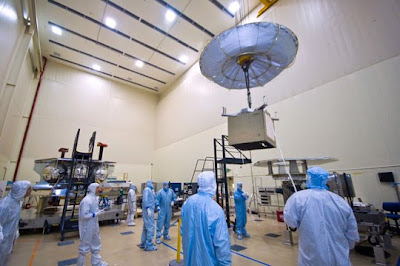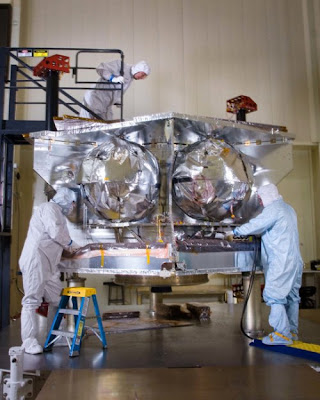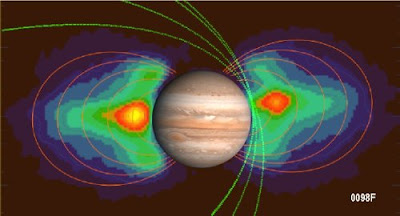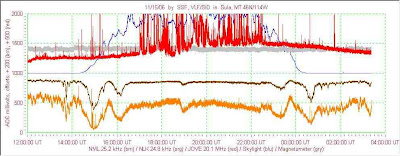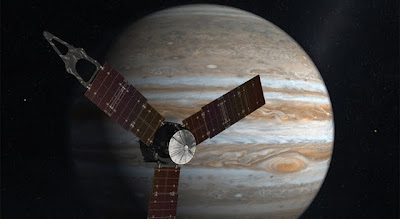
Goddard has delivered two vector magnetometers to Lockheed Martin in Denver Colorado:
http://www.jpl.nasa.gov/news/news.cfm?release=2010-352
Each magnetometer has two non-magnetic star cameras to measure precise orientation.
Launch is scheduled for August 2011, with arrival in 2016.
http://www.jpl.nasa.gov/news/
Each magnetometer has two non-magnetic star cameras to measure precise orientation.
Launch is scheduled for August 2011, with arrival in 2016.
